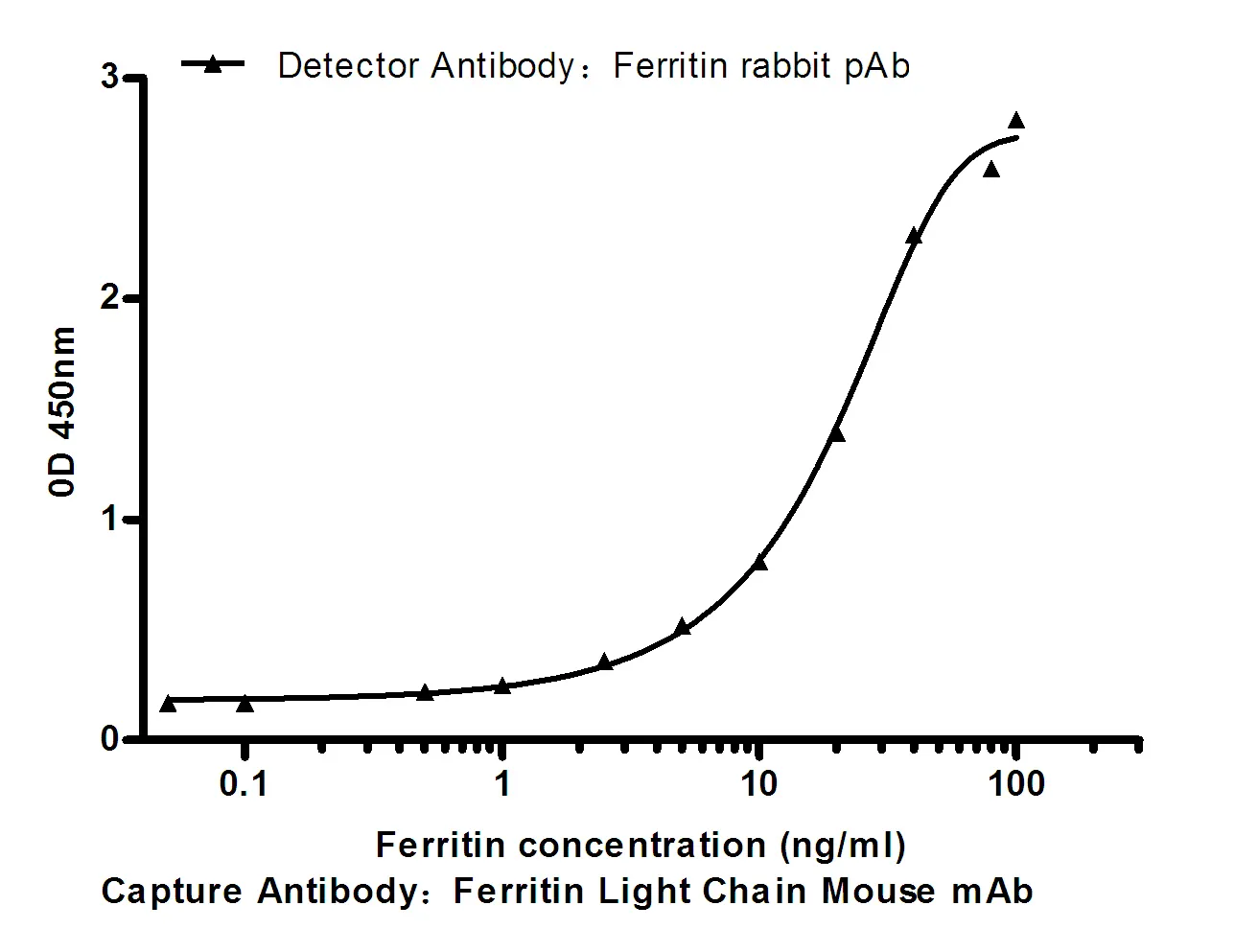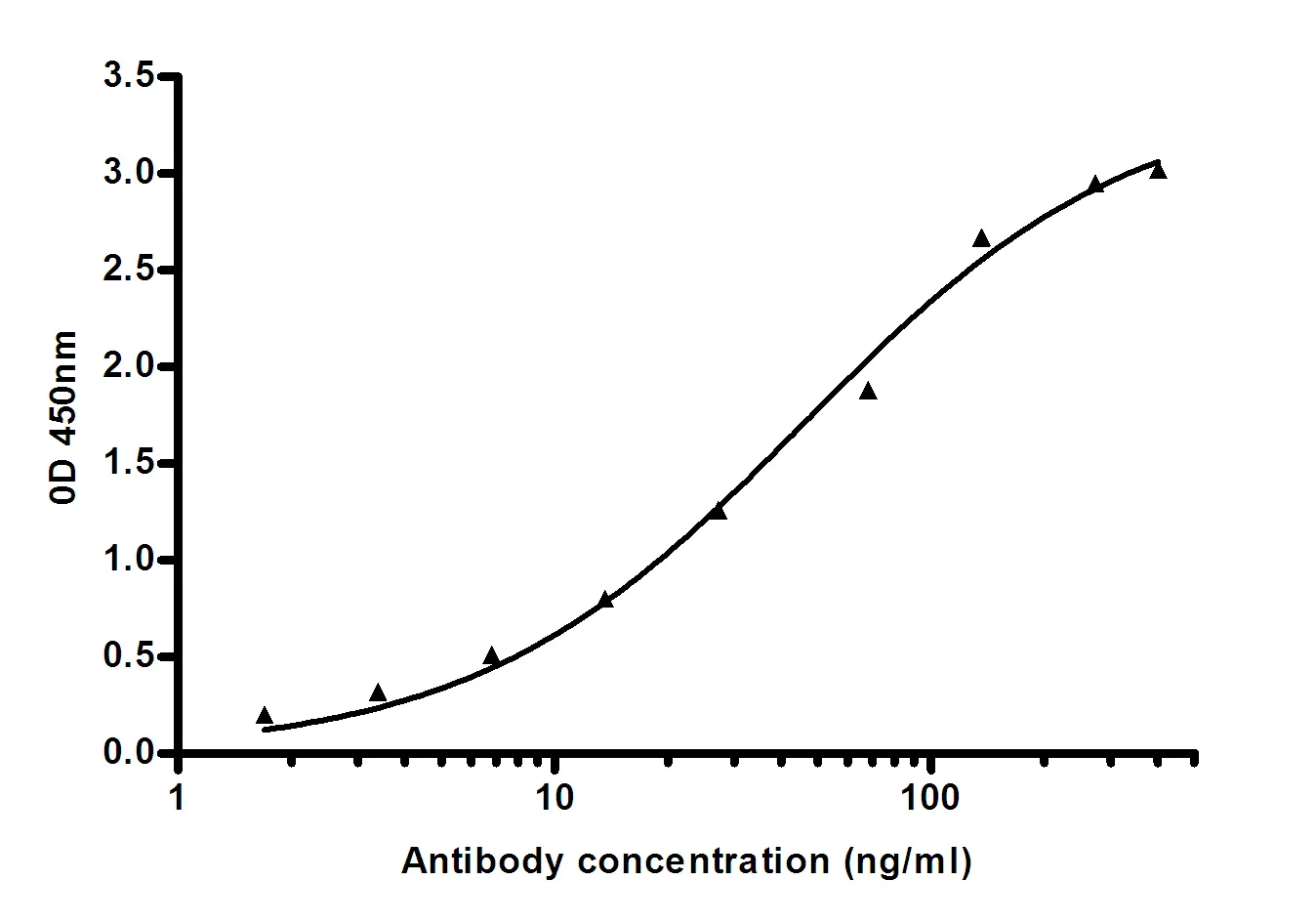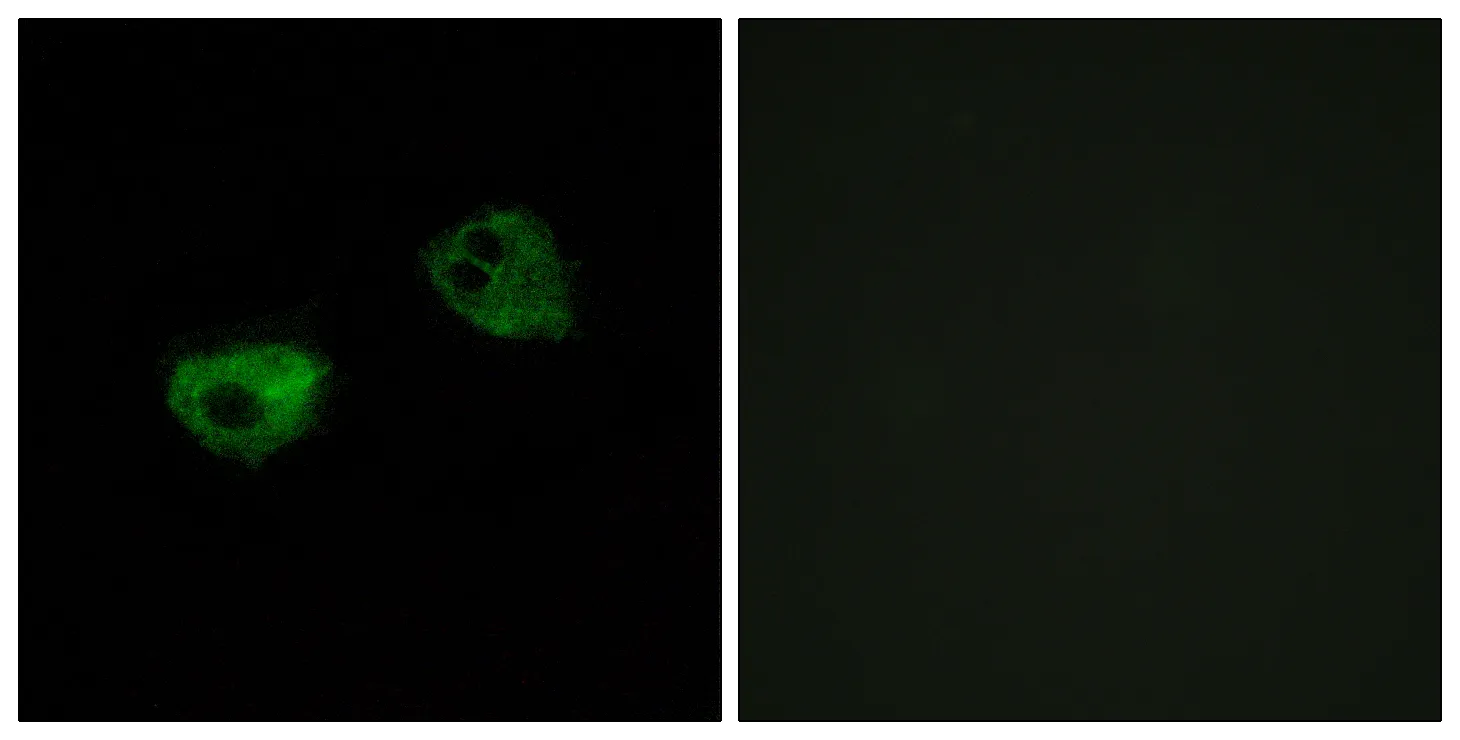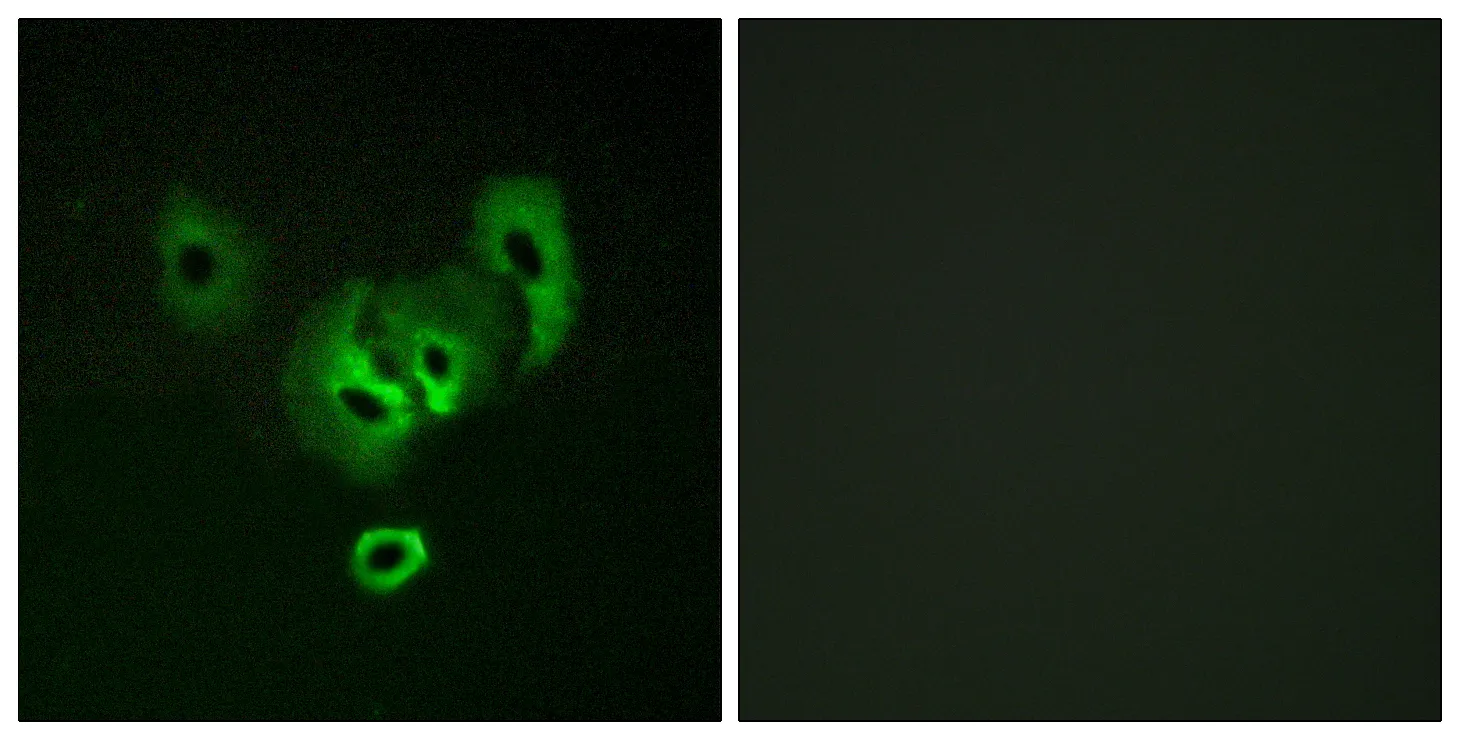Summary
Performance
Immunogen
Application
Background
Death-associated protein kinase 1 is a positive mediator of gamma-interferon induced programmed cell death. DAPK1 encodes a structurally unique 160-kD calmodulin dependent serine-threonine kinase that carries 8 ankyrin repeats and 2 putative P-loop consensus sites. It is a tumor suppressor candidate. Alternative splicing results in multiple transcript variants. [provided by RefSeq, Dec 2013],catalytic activity:ATP + a protein = ADP + a phosphoprotein.,cofactor:Magnesium.,enzyme regulation:Negatively regulated by autophosphorylation on Ser-308.,function:Calcium/calmodulin-dependent serine/threonine kinase which acts as a positive regulator of apoptosis.,induction:Up-regulated following treatment with interferon-gamma.,similarity:Belongs to the protein kinase superfamily.,similarity:Belongs to the protein kinase superfamily. CAMK Ser/Thr protein kinase family. DAP kinase subfamily.,similarity:Contains 1 death domain.,similarity:Contains 1 protein kinase domain.,similarity:Contains 10 ANK repeats.,subcellular location:Colocalizes with the actin filament system.,
Research Area
Pathways in cancer;Bladder cancer;




